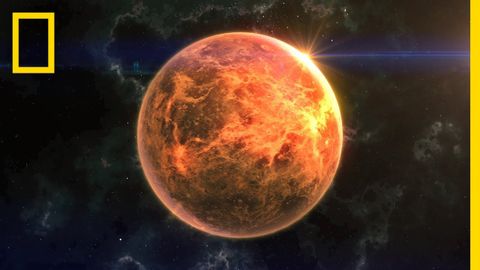金星101|ナショナルジオグラフィック (Venus 101 | National Geographic)
Courtney Shih が 2021 年 01 月 14 日 に投稿  この条件に一致する単語はありません
この条件に一致する単語はありませんUS /ˈstrʌɡəl/
・
UK /'strʌɡl/
- v.t./i.奮闘する;もみ合う
- n. (c./u.)奮闘;苦闘
US /fɪˈnɑməˌnɑn, -nən/
・
UK /fə'nɒmɪnən/
US /ˈslaɪtli/
・
UK /ˈslaɪtli/
エネルギーを使用
すべての単語を解除
発音・解説・フィルター機能を解除

